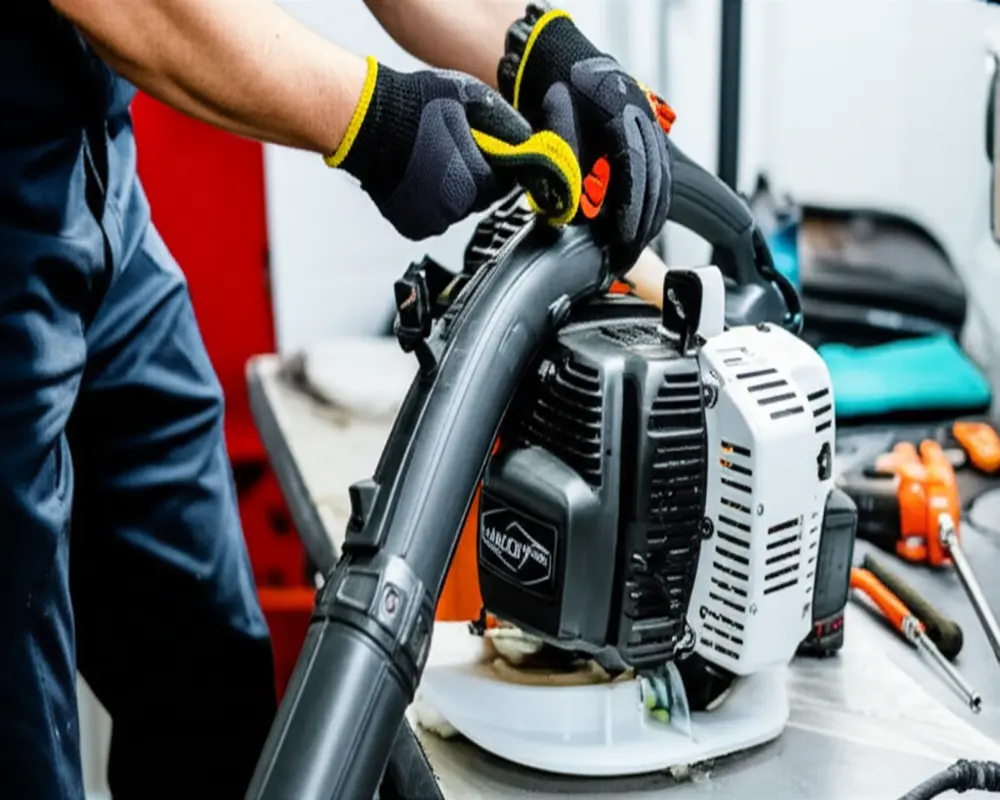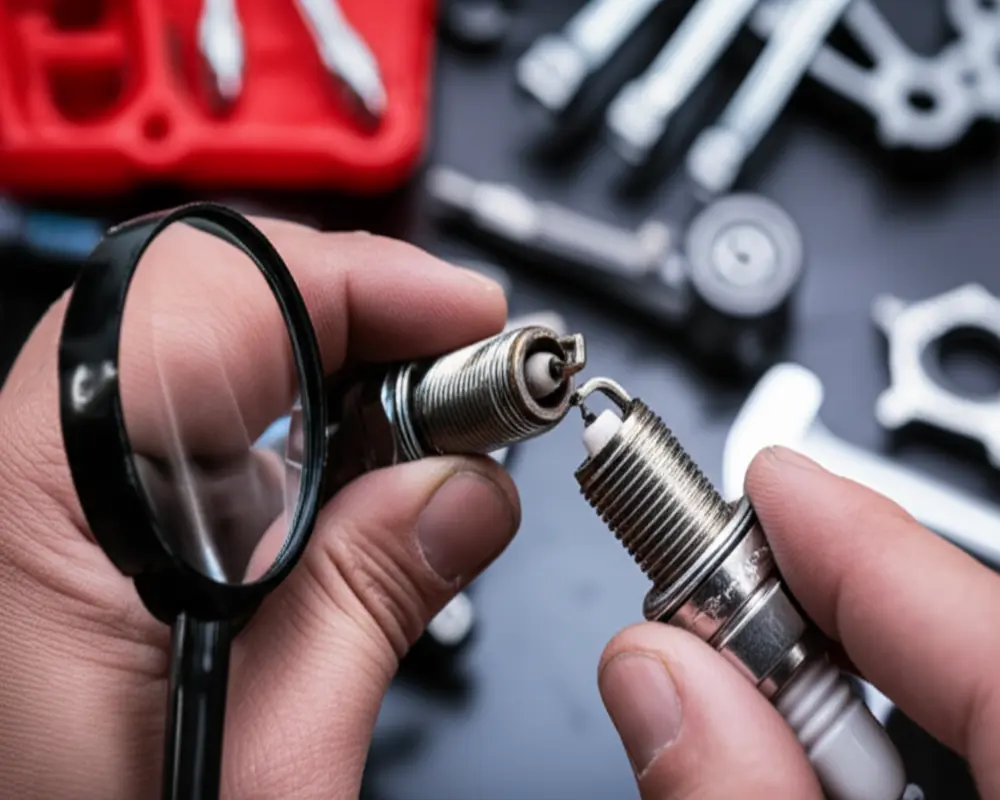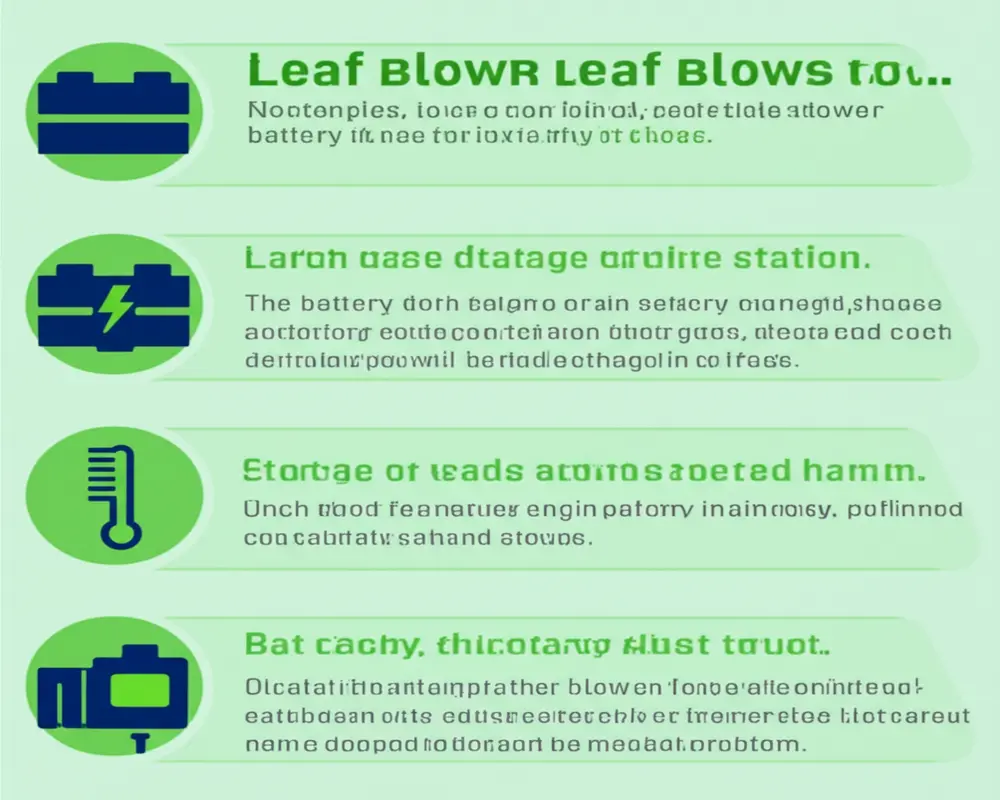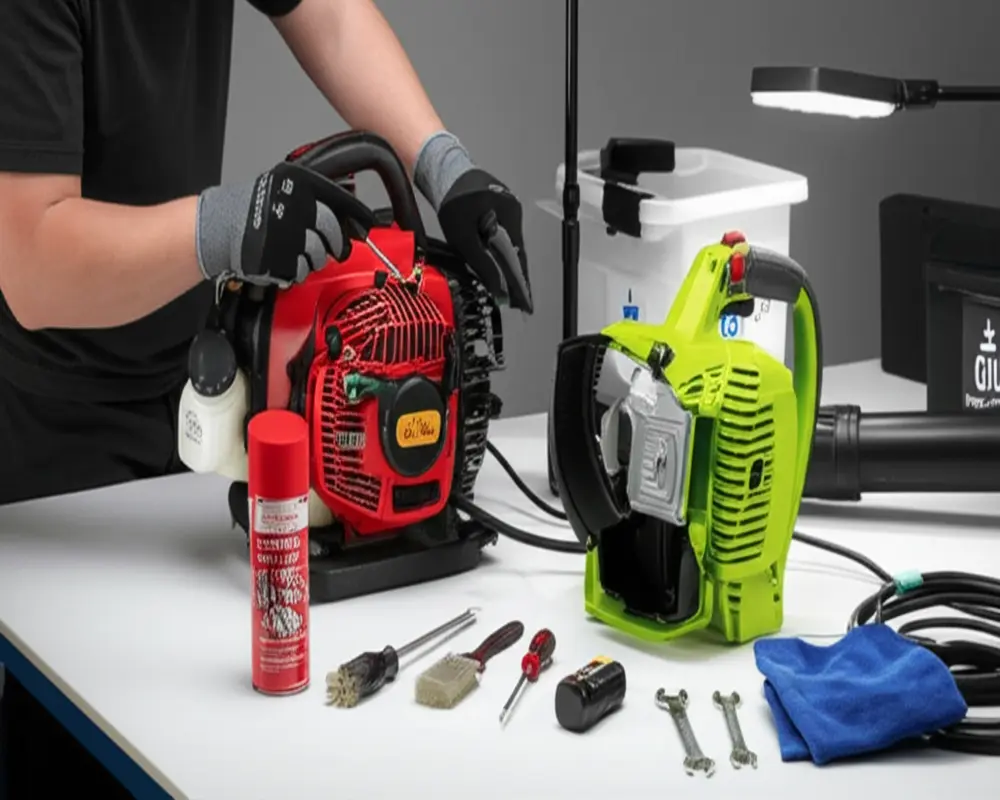Leaf Blower Maintenance: The Definitive 2025 Guide
Maintaining your leaf blower is crucial to ensure it operates efficiently, lasts longer, and remains safe to use. Whether you own a gas-powered, electric, or battery-operated model, regular upkeep will prevent costly repairs and keep your equipment running at peak performance. This guide covers everything you need to know about leaf blower maintenance in 2025, from safety precautions to troubleshooting common issues.
I. Introduction: Why Optimal Leaf Blower Maintenance is Essential
Proper leaf blower maintenance extends the lifespan of your equipment and guarantees it performs at its best. Neglecting routine care can lead to unexpected breakdowns and expensive repairs. Additionally, well-maintained leaf blowers operate more safely, minimizing the risk of accidents. This guide provides an overview of maintenance practices tailored to gas, electric, and battery-powered leaf blowers, helping you choose the right care routine for your model.
II. Safety First: Essential Precautions
Before performing any maintenance, prioritize safety. Always consult your leaf blower’s owner’s manual for model-specific instructions. Wear appropriate personal protective equipment (PPE), including gloves and eye protection, to shield yourself from debris and chemical exposure.
When disconnecting power, follow these steps depending on your leaf blower type:
- Gas models: Remove the spark plug cap to prevent accidental starts.
- Corded electric models: Unplug from the power outlet.
- Cordless/battery models: Remove the battery pack.
Allow gas engines to cool down before handling to avoid burns. Perform maintenance in well-ventilated areas to dissipate fumes and dust safely.
III. Essential Tools & Materials Checklist
To execute thorough leaf blower upkeep, gather the following tools and supplies:
- Basic tools: Screwdrivers, wrenches, pliers, and a feeler gauge for precise adjustments.
- Cleaning supplies: Brushes, rags, a shop vacuum, compressed air, and suitable cleaning agents.
- Replacement parts: Air filters, spark plugs, fuel filters, fuel lines, and carburetor kits for gas models.
- Fluids & chemicals: Fresh fuel, oil, fuel stabilizer, and engine fogging oil for storage preparation.
- Environmental disposal containers: For responsible disposal of used oil, fuel, and parts.
IV. General Leaf Blower Care (All Types)
Routine general maintenance applies to every leaf blower type. Start with exterior cleaning to remove dirt, dust, and debris that can clog air vents and impair performance. Use a brush or compressed air for hard-to-reach places.
Perform a visual inspection focusing on screws, bolts, cracks, and signs of wear or damage. Tighten loose parts and replace worn components promptly to avoid further issues.

V. Gas Leaf Blower Maintenance
A. Pre-Use Checks
Before each use, verify the fuel level and ensure the fuel is fresh and uncontaminated. For 4-stroke engines, check the oil level and top up if necessary. Inspect and clean the air filter to maintain airflow. Conduct a thorough visual check for loose or damaged parts.
Visual guides can assist with the pre-use walkthrough to ensure no step is missed.
B. Routine Maintenance (After Use / Every 5-10 Hours)
After operating your gas leaf blower, clean the exterior and cooling fins to prevent overheating. Wash or replace the air filter regularly to ensure optimal air intake. Check for fuel leaks that can be hazardous and clean the spark arrestor screen to avoid clogging.
Before and after cleaning images can help identify the proper cleaning areas and techniques.
C. Annual / Seasonal Deep Maintenance
Once per year or before extended storage, perform a thorough service:
- Air Filter: Inspect, clean, and replace if worn out.
- Spark Plug: Check condition, clean, adjust the gap, or replace as needed.
- Fuel System: Replace the fuel filter and lines, clean the carburetor, and prepare the system for storage.
- Muffler & Spark Arrestor: Remove deposits and clean thoroughly.
- Engine Cooling System: Clear any debris to maintain engine temperature.
- Recoil Starter & Pull Cord: Inspect for wear and ensure smooth operation.

D. Winterization & Storage
Proper winterization prevents damage during inactivity. Manage fuel by using stabilizers or draining the tank. Run the carburetor dry to avoid gumming. Apply engine fogging oil to protect internal components. Clean the blower and store it in a dry, cool environment.
Following a winterization checklist helps ensure no step is overlooked.
VI. Electric & Battery Leaf Blower Maintenance
A. Corded Electric Maintenance
Inspect the power cord and plug for damage before every use to prevent electrical hazards. Clean air vents and impellers to maintain airflow and prevent overheating. For models with carbon brushes, check their wear periodically and replace if necessary. Store cords properly to avoid kinks and damage.

B. Cordless/Battery-Powered Maintenance
Battery health is vital for cordless leaf blowers. Charge batteries according to manufacturer instructions, avoid exposure to extreme temperatures, and prevent over-discharge to extend battery life. Inspect chargers and cables regularly. Clean the blower and battery contacts to ensure good electrical connection. For long-term storage, remove batteries and store in a cool, dry place.
Infographics on battery life maximization can guide proper care routines.
VII. Troubleshooting Common Issues & Maintenance Solutions
A. Leaf Blower Won't Start
Common causes include stale or insufficient fuel, faulty spark plugs, clogged air filters, carburetor problems, or electric power issues. Address these by checking fuel quality, replacing spark plugs, cleaning or replacing air filters, and inspecting electrical components.
B. Leaf Blower Dies or Runs Rough
Fuel line clogs, dirty carburetors, fouled spark plugs, or dirty air filters can cause unstable operation. Regular cleaning and part replacements prevent such issues.
C. Reduced Airflow / Low Power
Inspect and clear clogged fans or vents and check for damaged impeller blades that hinder airflow.
D. Overheating Issues
Ensure cooling fins are free from debris and verify the fuel mixture is correct for gas models.
For a detailed flowchart guiding troubleshooting steps, refer to authoritative sources such as Consumer Reports.
VIII. Comprehensive Maintenance Schedule Checklist
Consistency in maintenance keeps your leaf blower in top condition. Tasks to perform:
- After Each Use: Clean exterior, inspect for damage, check fuel/oil levels.
- Monthly / Every 10-20 Hours: Clean air filters, inspect spark plugs and fuel systems.
- Annual / Seasonal: Deep maintenance including carburetor cleaning, spark plug servicing, and winterization.
Printable checklists can assist in keeping track of all necessary tasks.
IX. Common Maintenance Mistakes to Avoid
Avoid common errors such as using old or incorrect fuel mixtures, neglecting air filter cleaning, ignoring spark plug condition, improper storage, and forgetting to disconnect power sources before maintenance. These mistakes can significantly reduce your equipment's lifespan and performance.
X. When to Call a Professional
Some issues require expert intervention, including carburetor rebuilds, major engine problems, electrical malfunctions, or safety concerns beyond routine maintenance. Knowing when to seek professional help can save time and prevent further damage.
XI. Environmental Responsibility in Maintenance
Proper disposal of oil, fuel, and old parts is essential to protect the environment. Recycle batteries at designated centers and follow local regulations for hazardous waste disposal.
XII. Conclusion
Regular leaf blower maintenance offers numerous benefits: extending equipment life, improving performance, enhancing safety, and minimizing repair costs. Adopting a consistent care routine tailored to your leaf blower type is key to achieving these outcomes.
Stay proactive, use the tools and guidelines provided, and don't hesitate to consult professionals when needed. For more gardening tool maintenance advice, explore related guides on pruning shears cleaning and garden spade maintenance.
Frequently Asked Questions (FAQs)
- How often should I perform maintenance on my leaf blower?
- Basic cleaning and inspection should follow every use. More detailed maintenance occurs monthly or every 10-20 hours, with deep servicing annually or seasonally.
- Can I use any fuel in my gas leaf blower?
- Use fresh, clean fuel recommended by the manufacturer. Avoid old or contaminated fuel to prevent engine issues.
- How do I extend the battery life of my cordless leaf blower?
- Charge batteries according to guidelines, avoid extreme temperatures, and store batteries properly when not in use.
- Is it necessary to disconnect power before maintenance?
- Yes, disconnecting the spark plug, unplugging, or removing the battery prevents accidental starts and ensures safety during maintenance.

